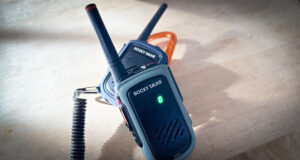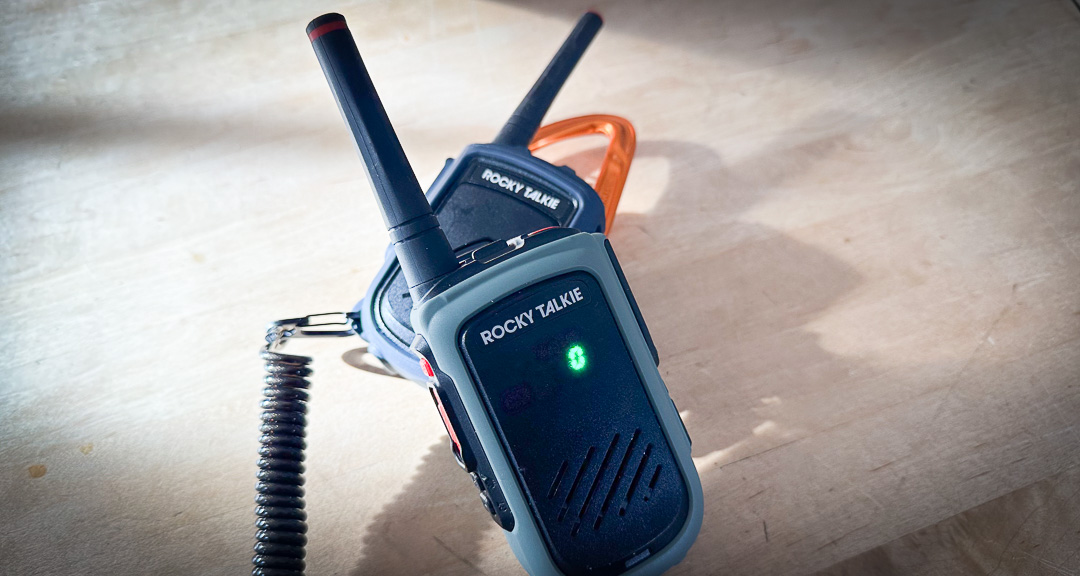 Whether you're planning an outdoor adventure, coordinating an event, or simply staying connected with friends and family, long-range walkie talkies are invaluable communication tools. With various options available in the market, choosing the right pair can seem daunting. In this blog post, we'll explore essential factors to consider when selecting long-range walkie talkies to ensure seamless communication over extended distances.
Whether you're planning an outdoor adventure, coordinating an event, or simply staying connected with friends and family, long-range walkie talkies are invaluable communication tools. With various options available in the market, choosing the right pair can seem daunting. In this blog post, we'll explore essential factors to consider when selecting long-range walkie talkies to ensure seamless communication over extended distances.
- Determine Your Range Needs:
- Before purchasing long-range walkie talkies, consider the distance over which you'll need to communicate. Evaluate the terrain and potential obstacles such as buildings, trees, or hills that may affect signal transmission.
- Long-range walkie talkies typically have a range of several miles, but this can vary depending on factors such as frequency, power output, and environmental conditions. Choose walkie talkies with a range that meets your specific communication requirements.
- Understand Frequency and Channels:
- Long-range walkie talkies operate on different frequency bands, including Family Radio Service (FRS), General Mobile Radio Service (GMRS), and Multi-Use Radio Service (MURS).
- FRS walkie talkies are limited to lower power and shorter ranges, while GMRS walkie talkies offer higher power and longer ranges but require a license to operate certain channels.
- Consider the number of channels available on the walkie talkies, as well as privacy codes or subchannels, which allow you to communicate with multiple groups without interference.
- Evaluate Battery Life and Power Options:
- Battery life is crucial, especially for extended outdoor adventures or emergencies. Look for walkie talkies with long battery life or options for rechargeable batteries.
- Consider the type of batteries required and whether they are readily available and affordable. Some walkie talkies offer USB charging options for added convenience.
- Consider Durability and Weather Resistance:
- Choose long-range walkie talkies that are built to withstand the elements and rough handling. Look for models with durable construction, waterproof or weather-resistant features, and ruggedized designs.
- Consider the IP (Ingress Protection) rating of the walkie talkies, which indicates their resistance to dust and water. Higher IP ratings offer better protection against harsh environmental conditions.
- Look for Additional Features:
- Consider additional features and functionalities that enhance usability and convenience. Look for walkie talkies with features such as:
- VOX (Voice-activated transmission) for hands-free operation.
- Built-in flashlight for visibility in low-light conditions.
- LCD screens with backlight for easy navigation and visibility.
- Emergency alert functions for signaling distress or emergencies.
- Consider additional features and functionalities that enhance usability and convenience. Look for walkie talkies with features such as:
- Check for Compatibility and Expandability:
- If you plan to expand your communication network or connect with existing devices, ensure compatibility with other walkie talkie models or accessories.
- Look for walkie talkies with options for external antennas, headsets, or microphone accessories for enhanced functionality and versatility.
Conclusion: Choosing the perfect long-range walkie talkies involves considering factors such as range, frequency, battery life, durability, features, compatibility, and expandability. By evaluating your communication needs and selecting walkie talkies that meet your specific requirements, you can ensure reliable and seamless communication over extended distances. Invest in high-quality walkie talkies that provide clear and dependable communication, whether you're exploring the great outdoors, coordinating events, or staying connected with friends and family.


